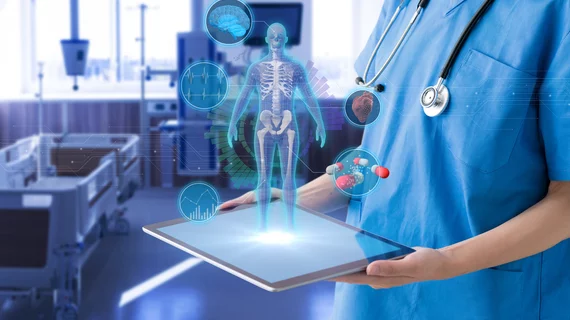AI-powered platform for heart failure detection gains FDA clearance
Ultromics, a U.K.-based healthcare technology company focused on heart failure detection, has received U.S. Food and Drug Administration (FDA) clearance for its EchoGo Heart Failure platform.
EchoGo Heart Failure uses advanced artificial intelligence algorithms to detect signs of heart failure with preserved ejection fraction (HFpEF) in echocardiograms. The platform had previously been awarded the FDA’s breakthrough device designation, a sign that the agency has seen value in the platform from the beginning.
Ultromics worked closely with Mayo Clinic on the design and development of EchoGo Heart Failure. According to data submitted to the FDA, the platform has been linked to an accuracy of 90%, sensitivity of 87.8% and specificity of 83%. It is able to identify if a patient shows any signs of HFpEF by evaluating a single echocardiogram.
“It has been a pleasure to collaborate with the team at Ultromics to develop and test EchoGo Heart Failure,” Patricia A. Pellikka, MD, vice chair of the department of cardiovascular medicine at Mayo Clinic, said in a prepared statement. “This novel solution applies AI to cardiovascular imaging to greatly simplify identification of patients with HFpEF, a diagnosis that can be challenging to make, and allow more expeditious treatment. HFpEF currently is associated with high rates of hospitalization and mortality. By facilitating early diagnosis and treatment, we can improve the lives of many.”
“We are delighted that the FDA has recognized EchoGo Heart Failure as a breakthrough device and has cleared the technology to provide reliable detection of HFpEF,” added Ross Upton, DPhil, CEO and founder of Ultromics. “The technology improves the accuracy of HFpEF detection, enabling more patients to receive treatment which will reduce the significant burden on patients and healthcare systems alike. Although compelling progress has been made in the diagnosis and treatment of many forms of heart disease, heart failure hospitalizations and mortality continue to rise globally. It is now time to make a change.”

